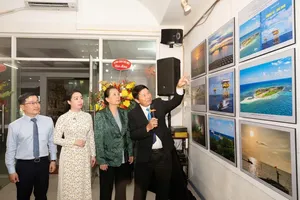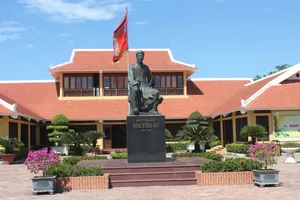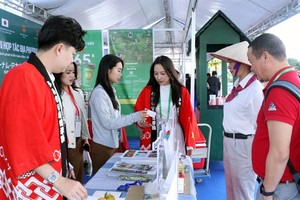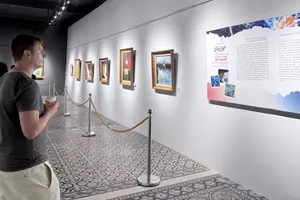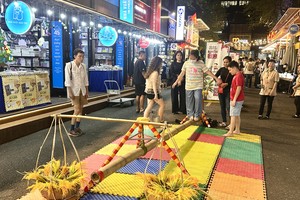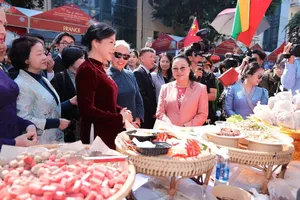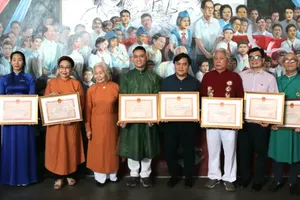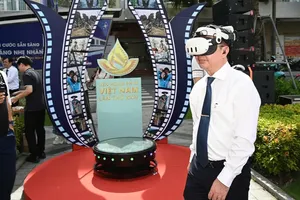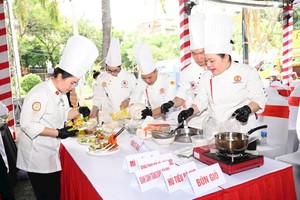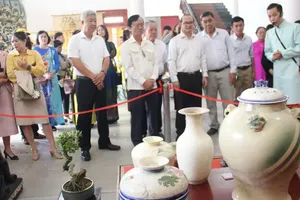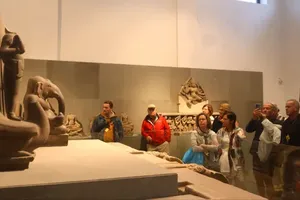)
With a strong focus on preserving and promoting the cultural heritage of ancient Vietnamese ceramics, the museum offers both permanent and thematic exhibitions featuring an extensive collection of historical artifacts, including the ancient Dong Son ceramic steamer recognized as a national treasure in accordance with Decision No. 1712/QD-TTg dated December 31, 2024, issued by the Prime Minister.
In addition to its standout national treasure, the museum houses more than 400 ancient ceramic artifacts representing a diverse range of prehistoric and early historical cultures in Vietnam, such as Phung Nguyen, Dong Dau, and Go Mun. These include items from the Bronze Age of Sa Huynh culture and the early civilizations along the Dong Nai River basin, and collections of ceramic pieces from various periods throughout Vietnam’s feudal history.
Pottery appeared in Vietnam during the Hoa Binh culture period about 10,000 years ago, followed by a series of other cultures such as Cai Beo, Ha Long, Hoa Loc, and Con Chan Tien. Between 4,000 and 2,500 years ago, ceramics experienced significant advances under cultures such as Phung Nguyen, Dong Dau, Go Mun, and Dong Son. This period witnessed the emergence of new forms, techniques, and styles, reflecting both artistic innovation and practical utility. The development of ceramic technology played a pivotal role in the production of metalwork tools and artifacts, contributing substantially to the advancement of the Metal Age and the early process of nation-building in Vietnam.
The national treasure of ceramic steamer stands as a quintessential example of everyday pottery used by the people of the Dong Son culture. Crafted from terracotta composed of fine clay mixed with sand, plant fibers, small gravel, and yellow ochre powder, the steamer’s body is relatively hard and strong with a reddish-gray hue. Microscopic imaging reveals that the piece was fired at a high temperature, estimated between 800 and 900°C, indicating a sophisticated level of kiln technology for its time. This is an artifact of ancient Vietnamese people during the time of the Hung Kings era. It was discovered, studied, and highly appreciated by archaeologists as a premier example of Dong Son ceramic craftsmanship.
The ceramics museum of the nation-founding period serves as a dynamic resource for historical research, archaeological study, and public education on the value of Vietnam’s cultural heritage.
The museum also plays an active role in community engagement, offering diverse experiential spaces that foster cultural appreciation and pride. It aims to inspire a deeper connection to Vietnamese identity, particularly among younger generations.
)


